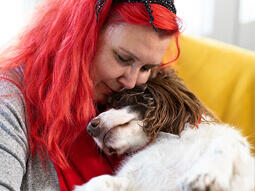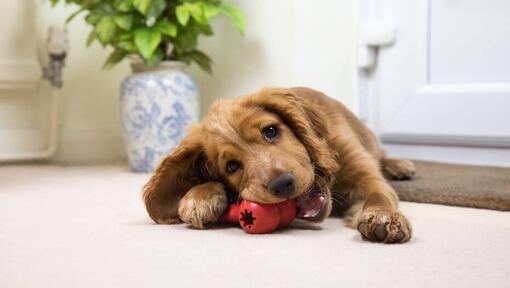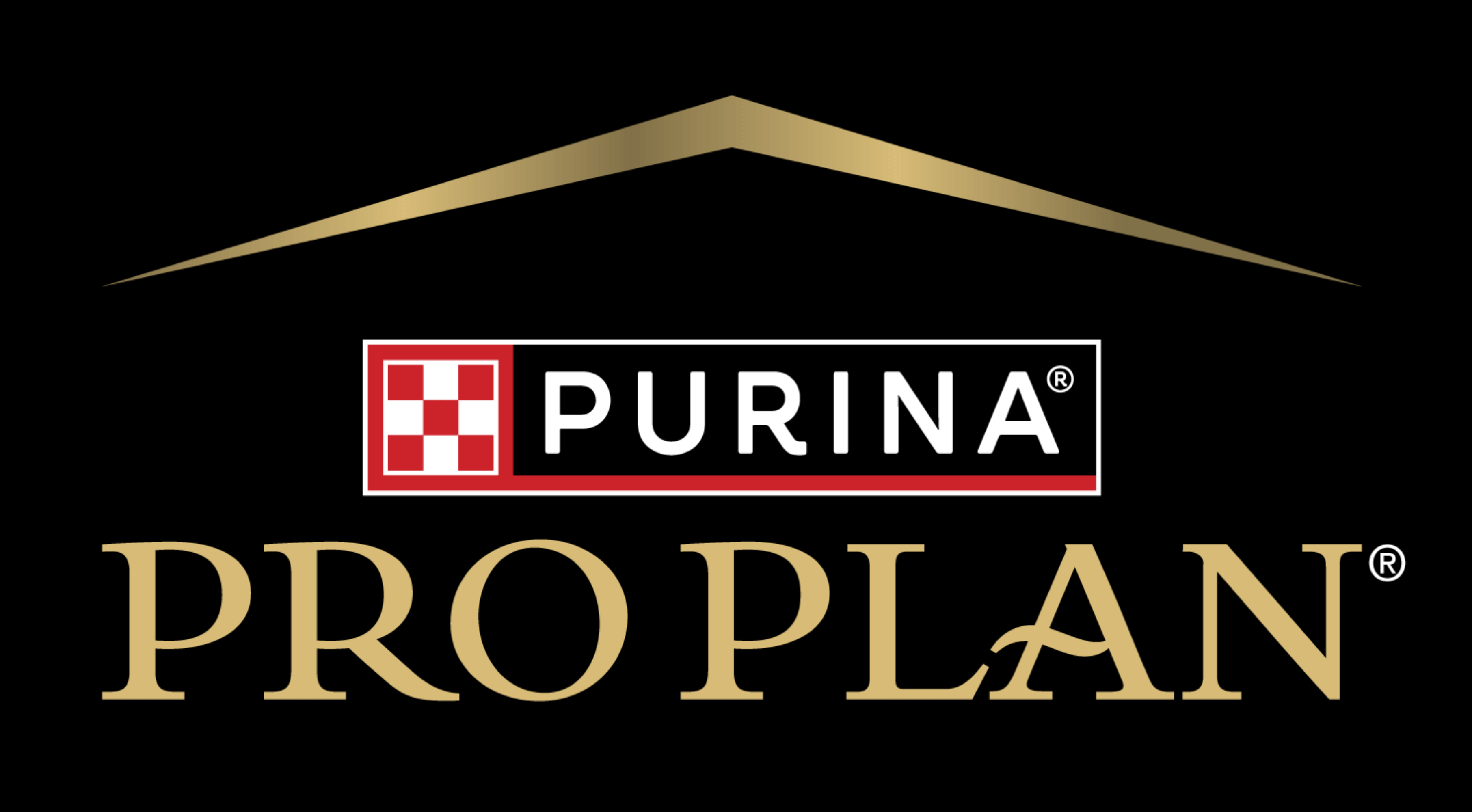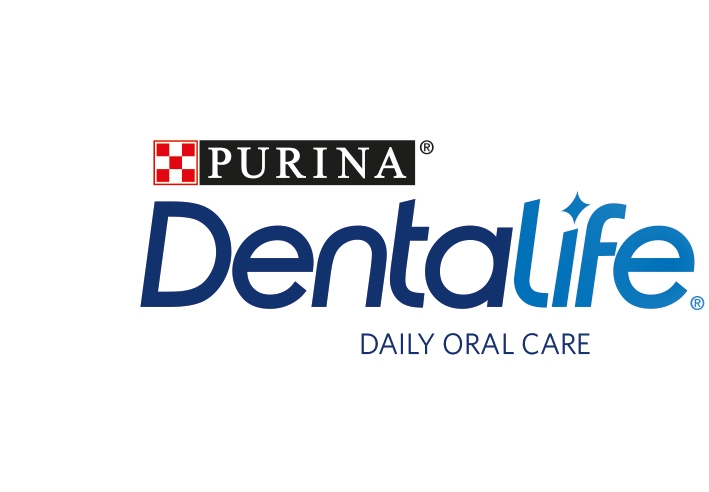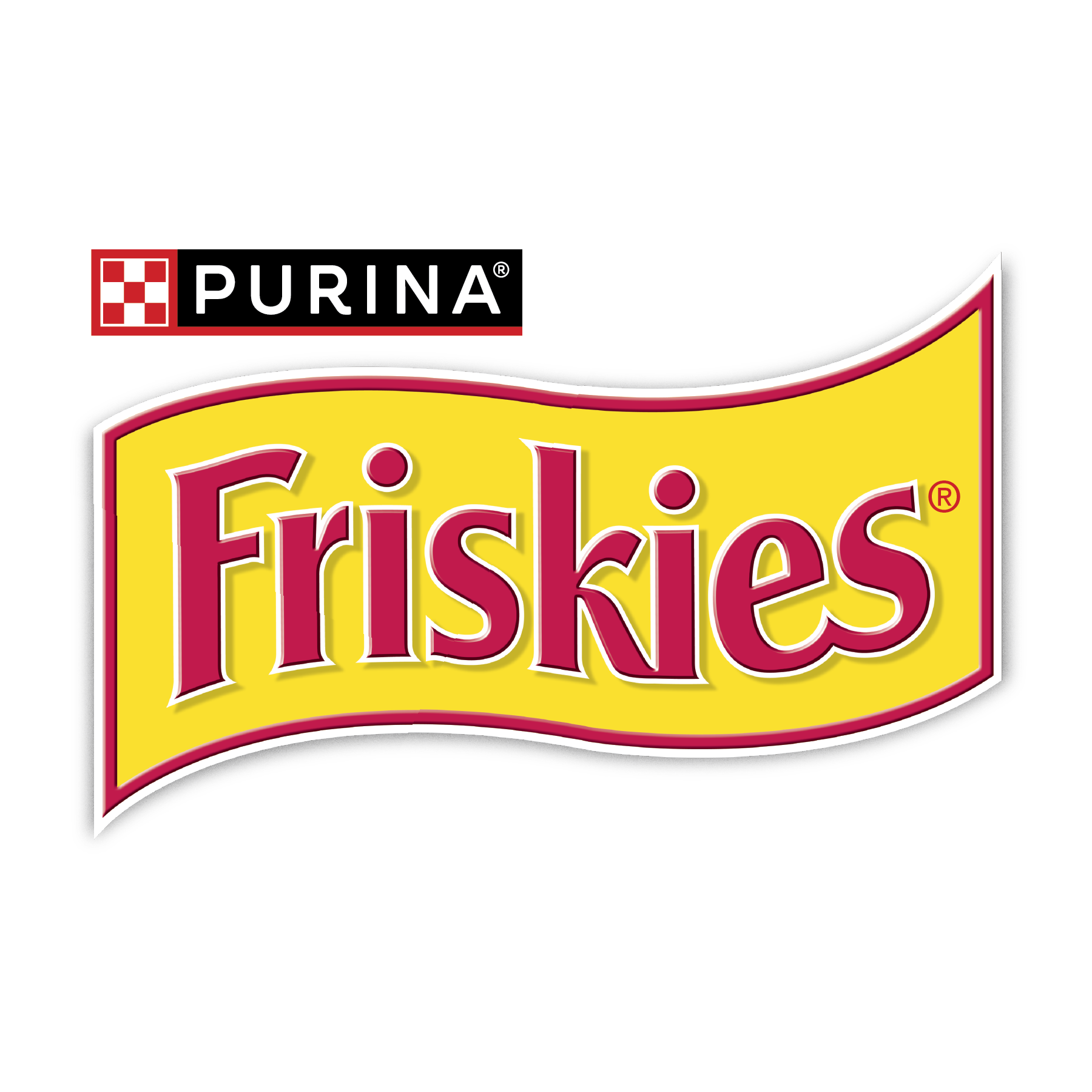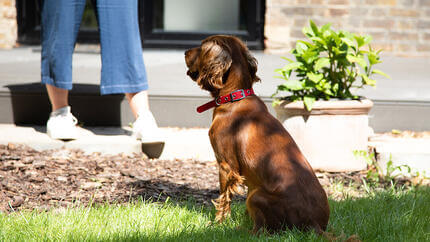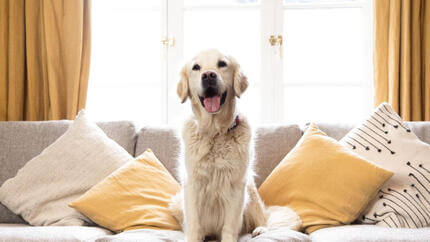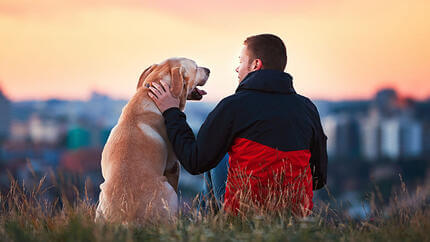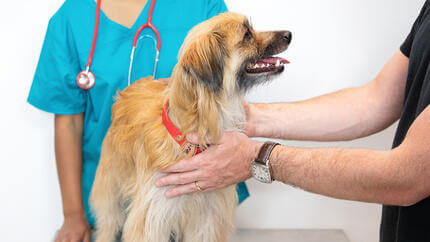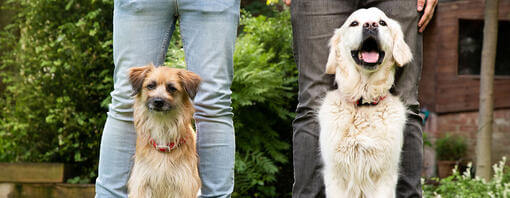
Enrichment is a word that’s used quite often when talking about ways to engage with your dog but what does it really mean and why is it so important?
Enrichment activities will channel your dog’s natural behaviours in a way that can be encouraged and celebrated. It’s vital for a dog’s welfare that they are encouraged to be, well, DOGS! It provides both mental and physical stimulation and one of the reasons it’s discussed as part of training and behaviour modification plans is because it’s a means of reducing boredom, which can often lead to behaviours that humans consider undesirable. Would you rather your dog gets their chewing fun through a massive Kong* filled with nutritious and delicious food, or by dismantling your sofa?
Walkies, while vital for your dog’s well-being isn’t enough. A slow-feeder, while probably a good thing for your dog, isn’t enough. One training session, while fabulous, isn’t enough for their mental well-being.
Enrichment is something that needs to be considered each and every day. It’s not an ‘added extra’ when you share your life with a dog; it underpins their mental and physical health needs. If you don’t provide things to enrich their lives, they’ll find their own entertainment or coping mechanisms and we can almost guarantee you won’t like what they come up with.
Getting to know your dog, taking into account their breed or breed mix and learning about their favourite things to do will help you choose the best ways to keep them occupied and entertained.
Some dogs would rather de-stuff a toy than chew a bone. Some dogs need a few different toys and other dogs have a favourite. Some dogs love relaxing with a food toy and other dogs will enjoy scent games around the garden before snoozing.
Most of the so-called ‘problem’ behaviours that are displayed by dogs and cause headaches for humans are actually perfectly normal dog behaviours that need an outlet, or they’re providing an outlet for a bored dog. My dog barks at everything. My dog keeps digging in the garden. My dog chews my favourite things. Dogs need to bark, dig and chew; it’s your job to provide a fun and interactive way for them to do what they need to do.
The Five Welfare Needs as described by the Animal Welfare Act (2006) highlight the fact that enrichment isn’t an add-on to daily life, it IS daily life!
- Health – Protection from pain, injury, suffering and disease and treated if they become ill or injured.
- Behaviour – the ability to behave naturally for their species, for example, play, run, dig, jump, etc.
- Companionship – to be housed with, or apart from, other animals as appropriate for the species.
- Diet – a suitable diet. This can include feeding appropriately for the pet’s life stage and feeding a suitable amount to prevent obesity or malnourishment, as well as access to fresh clean water.
- Environment – a suitable environment. This should include the right type of home with a comfortable place to rest and hide as well as space to exercise and explore.
Choices as enrichment
Here’s an example of enabling your dog to make choices to support their enrichment. Think for a moment about the choices you make for your dog.
It’s likely that you choose:
- When they eat
- When they go out to ‘empty’ themselves
- When they exercise
- Where they exercise
- When they meet their friends
- When they interact with you
- When they play
- Where they go
- Where they sleep
Shouldn't they have some autonomy?
How would you feel if you woke up one morning, you had no idea what was going to happen throughout the day but as the day unfolded you were told when you could use the bathroom, a plate of food was dropped in front of you and you had no idea when or if the next meal would appear, you were taken outside, dragged off in one direction and told to ‘come on’ if you dared to slow down, saw your friend across the road but were told there was no time to chat and then shut in one room where you were told to sleep.
We know that you’re someone who does your best for your dog. You wouldn’t be reading this if you weren’t! However, think about your dog’s average day from their perspective.
A lack of choice reduces the opportunity for your dog to avoid or relieve stress. That, in turn, can lead to dogs shutting down or losing interest in day-to-day activities. It can also lead to frustration and possible reactivity.
A dog that is empowered to make choices will be happier and more confident. It’s not just a great shift for your dog, but it will also help you get to know your dog. They don’t have to be micro-managed, they can make decisions and we can respect those decisions, which will bring you both a much stronger relationship.
Here are some ideas of ways you can improve your dog’s quality of life through choices:
Does your dog have the same food day in, day out? Do they get a variety of food, different tastes and textures, new treats and options rather than everything mixed in together? Do they try different fruits and vegetables (ones that are safe; of course), do they get an occasional raw egg and have to figure out how to eat it?! Food is such an important part of our dog’s life that some choice and adventure has to be encouraged.
Walkies
When was the last time your dog chose the direction you took and the pace you walked at? It’s not always practical when you’re rushing to get to work and have a set time for walkies, but what about your longer adventures, your weekends or your days off? Let your dog, literally, lead the way. If they choose to take a route you’ve never been on, you’ll see the world from their perspective for a little while. They won’t care if it’s a dead-end if they’ve followed a great scent, they won’t care that they have spent ten minutes investigating every inch of the lamp post, they won’t care if they have gone up and down the same street three times, it’s their walk, they can choose. Your job is to keep yourselves safe and enjoy the adventure.
Sleep
Does your dog have a choice about where they can sleep? Is there somewhere quiet, somewhere on a raised bed (or sofa!), somewhere they can hide away, somewhere cool and somewhere warm? It’s much easier for a dog to relax and sleep soundly when they feel safe and comfortable.
Toys & Games
Does your dog have a choice of toys and games that they can interact with? Are they encouraged to choose a toy to bring to you so that you can play together? Are their choices respected if they bring a toy when you’re watching TV or reading a book? There is, of course, a practical element to this and you need to have cues in place to ask your dog to do something else if needs be but also putting their invitation to play ahead of your favourite soap is important.
Interaction
Does your dog live an isolated existence, rarely getting the opportunity to meet other dogs? We’re talking about dogs who want to hang out with other dogs; we know that some have their own ideas about who they would/wouldn’t like to hang out with. Do you have a friend with a dog who you could go walkies with? Is there a reputable doggy daycare near you? Is there an organised group walk or training club near you? Giving your dog the opportunity to be around other dogs who also want to hang out is important.
While we’re on the subject of interaction, do you also respect your dog’s choices to leave a situation they’re not comfortable in? If they’re being fussed by someone and they’re showing you they’re not happy, do you speak up on their behalf? If they’re not comfortable around other dogs or around people, are you helping them with this and keeping them safe in the meantime? If your dog is uncomfortable in certain environments are you respecting their choice to leave, or not go in the first place?
Written by Marie Yates, Director of Canine Perspective CIC. Marie was a finalist in Purina’s 2018 #BetterWithPets prize and you can find out more about her social enterprise here: https://canine-perspective.com/
Want to find out more tips about living a happy and healthy life from your canine's perspective? Read our article on Is Just Loving Your Dog Enough? Next.

